How does a tick under the skin of a person: photos, symptoms and treatment
Content
- Types of demodicosis
- Symptoms of demodicosis
- Demodecosis Analysis
- Preparations for the treatment of demodicosis
- Demodecosis treatment
The human skin is a favorable place where various bacteria, fungi and parasites can settle, one of which is the subcutaneous mite. In small quantities, these pathogens are present in each, performing the functions of normalizing the level of acidity in the epidermis.However, in violation of immunity in humans, a sharp proliferation of parasites occurs, which affects the negative state of the skin.
What is a hypodermic tick?
Demodex is a conditionally pathogenic parasite that constantly lives in the inner layers of the epidermis, in the sebaceous glands, inside the base of the hair follicles. The main diet of the subcutaneous mite in humans: dead skin particles and fats.
On a note!
For a long time, parasites do not cause trouble, while the immune system is in a stable condition. But when it is weakened, the skin mite begins to penetrate deeper inside, which is expressed by negative symptoms for a sick person, associated with damage to the epidermis on the face, hands, head and other parts of the body.
Due to the small size of 0.1-0.4 mm, this parasite is not visible to the naked eye. To understand what a tick looks like under a person’s skin, one should look at his photo taken under a microscope. Outwardly, it looks like a creature, the front of which resembles a normal tick, and the back part looks like a worm. That is why its name “Demodex” is translated from Latin as “worm”.
Such parasites can reach the surface of the skin and move along it at a speed of 8-16 cm / h, which they usually do at night due to photophobia.
Experts determine 2 types of subcutaneous mites depending on the size and habitat area:
- Short (Demodex brevis), eating sebum. Settles on the face, neck and shoulders, in rare cases, the appearance of a subcutaneous mite on the back and other parts of the human body.
- Long or demodex folliculorum (Demodex folliculorum) - localized on the hair follicles: eyelashes, hair and eyebrows.
Both varieties can move along the surface of the skin in search of food, preferring fatty areas, they do not settle on dry ones. They are not able to penetrate into the internal organs of a person.
A disease in which the epidermis is damaged by subcutaneous mites is called demodicosis (demodicosis). Inflammatory processes in such a disease are not caused by the existence of parasites, but by the excretions of their waste products, which provoke allergic reactions in the form of epidermal lesions. Also, the subcutaneous mite is called acne iron.
Important!
Demodex can be transmitted quite easily from one person to another, infection occurs through the contacts of the skin or hair.
Where does the subcutaneous mite come from
Since this parasite is conditionally pathogenic, a small amount of it is present in the upper layers of the epidermis and hair follicles of people constantly. Painful manifestations are usually recorded against the background of failures in the patient's body, due to which his active reproduction occurs.
Negative symptoms in the presence of a subcutaneous tick in humans usually manifest themselves under the action of the following reasons:
- failure in the endocrine system, which affects the increase in sebum production, the expansion of pores, which acts favorably for the reproduction of ticks;
- changes in hormonal levels, which leads to a violation of the pH and activation of the sebaceous glands - usually observed in women during periods associated with menstruation, pregnancy or menopause;
- reduction of human immunity due to stress, depression, emotional turmoil, which leads to increased production of hormones responsible for general well-being;
- improper diet, including a large amount of fatty, flour food, coffee, spices, leads to changes in the skin, especially on the face;
- frequent visits to the solarium leads to injury to the epidermis, through which microorganisms penetrate through damage;
- the use of low-quality cosmetic products can lead to clogging of the pores, which creates favorable conditions for the reproduction of the tick in the skin of the face and body;
- other factors: poor ecology, prolonged colds, temperature drops, etc.
On a note!
Most often, he has Demodex children in adolescence, in which hormonal changes in the body occur during this period. Also, the disease can manifest itself in women during pregnancy and in the elderly.
Symptoms of a hypodermic tick
The main signs of demodicosis in humans:
- appearance of a rash on the face, which begins with redness, and then turns into acne, papules and ulcers, as is seen in the photo of the tick on a person;
- redness and shine on the skin, which does not pass a long time, a manifestation of tuberosity;
- with demodicosis, the eyelids irritate around the eyes, the skin itches, there is tearing and slight condensation, scales, eyelashes stick together and even fall out;
- sensations of dryness and itching occur in the affected areas, which increase in the evening when the parasites are activated;
- the appearance of a vascular network, for the removal of which additional treatment is required after the removal of the subcutaneous tick;
- with the defeat of the nose, an increase in its size occurs, a red-bluish tint appears;
- in the advanced stage of the disease, the skin changes color to yellow-brown or gray, the face looks like a mask, seals and purulent bloody crusts appear.
Important!
In the absence of tick therapy on the skin of the eyelids, patients often develop persistent barley, which is converted to chalazion, a chronic disease that occurs when the sebaceous glands are blocked in the eyes and fluid accumulation. Also, demodex often causes blepharitis or blepharoconjunctivitis. The prolonged course of the disease causes visual impairment due to damage to the cornea of the eyes.
All unpleasant symptoms not only worsen the appearance of a sick person, but also make him a threat for transmission to other family members. Therefore, be sure to observe personal hygiene, using all household items individually.
Stage Disease and Diagnosis
Demodecosis in humans according to the severity and development of the disease occurs in 4 stages: erimatosis, pustular, papular, combined form of the disease.
In the presence of negative symptoms and suspicion of such a disease, in order to know for sure that the tick under the skin is the cause of inflammatory or pustular processes, you should seek the help of specialists.
To clarify the diagnosis, the attending dermatologist examines the patient and some analyzes:
- research of a secret from sebaceous glands, scrapings from skin tissues;
- analysis of the contents of acne;
- the study of fluid that is released from the eyes with the defeat of the eyelids;
- analysis of eyelashes and hair follicles on the head, where mass accumulation of parasites is possible;
- general examination and questioning of the patient for chronic and hormonal diseases, which are the primary cause of increased activity of the parasites.
On a note!
When sending for tests a few days before the procedure, it is strictly forbidden to use any cosmetics, ointments, tonics and creams, since they will affect the clinical indicators.
In accordance with the research conducted, the specialist diagnoses and selects the necessary course of therapy.
Demodecosis treatment
For the treatment of subcutaneous mites, it is necessary to use complex methods:
- get rid of the reasons for their active reproduction: to restore the hormonal background, to support the immune system, to cope with high emotionality and stress;
- eliminate the external symptoms of the disease.
Combined therapy includes the following activities:
- improving the diet: avoiding spicy, salty, smoked and fried foods, coffee, alcoholic beverages;
- diet: use of dairy products, vegetables and fruits, low-fat varieties of meat and fish;
- maintaining cleanliness of the skin, including face hygiene, lack of use of cosmetics that clog pores, washing with cold soapy water several times a day;
- medications: antihistamines;
- the use of ointments.
Antiparasitic treatment is carried out in stages, usually it is delayed due to the impossibility of penetration of drugs through the external cover into the tick and parallel treatment of associated diseases.After the 1st course do repeated analyzes, and then appoint the 2nd course in a different way.
Ointment for the treatment of demodicosis
The attending physician recommends the use of special ointments made up of active ingredients that contribute to the destruction of the subcutaneous mite, reduce fat production and close the pores.
Medical means: Metronidazole or its analogues (Ornidazole, Trichopol, etc.) - antiparasitic and antimicrobial drug.
Healing Ointment:
- Ichthyol - contains petrolatum and ichthyol resin, refers to anti-bactericidal and anti-inflammatory drugs, pulls pus and heals damage.
- Permethrin - its active component penetrates the chitinous shell of mites and paralyzes them.
- Sulfuric - is the most popular for getting rid of subcutaneous parasites, has drying, antimicrobial properties, causes the death of parasites, restores and heals injuries and wounds. Its main advantage - permission to use in children, starting from 2 months of age.
- Yam - medical ointment containing birch tar, salicylic and carbolic acids, lanolin and petrolatum.Effectively destroys the subcutaneous mite, accelerates the healing of ulcers and ulcers. According to reviews of patients and doctors, this tool is effective for demodicosis.
- Benzyl benzoate - contains stearic, citric and benzoic acids, which penetrate through the shell of parasites and kill them, is available in the form of an emulsion and ointment.
- Gel Deleks-acne - medicine with sulfur for removing acne.
- Demalan is a special cream for the eyelids and face, containing 17 active ingredients: metronidazole, glycans, chamomile extract, etc. It relieves inflammation well, reduces allergies, affects metabolic and reparative processes in skin tissues, reduces itching and swelling. Before applying Demalan, it is recommended twice (15 min interval) to clean the skin of crusts with tincture of calendula or eucalyptus.
On a note!
When diagnosing demodicosis in a child, the doctor prescribes more benign medicines. Recommended ointment with tar or sulfur, cream Maifule, spray Demodex Stop, etc.
Folk methods
In addition to the use of pharmaceuticals, it is recommended 2 times a day to use a medicine for subcutaneous ticks in the form of talker, which is prepared at home.
The recipes for the crap:
- Main ingredients: 100 ml of salicylic alcohol, 4 tablets of Levomycetin and 4 - Trichopol, which must be crushed to a powder. Pour the prepared mixture into a glass bottle and use it as a tonic for applying to the affected areas in the morning and evening. After treatment with a mash, a nourishing cream is applied to avoid overdrying of the skin.
- Crushed 2 tablets of Trihopol mixed with 1 tbsp. liter of castor oil. It is recommended to apply in the evening on the affected areas, do not rinse and leave until morning.
Herbal remedies for the treatment of demodicosis in humans:
- The infusion of celandine is made from 250 g of crushed fresh roots and 200 ml of vegetable oil, which is set to infuse in a sunny or warm place for 2 weeks. Then strain and pour into a glass container, sealed with dark paper, so as not to penetrate the light, it is better to store in the refrigerator. Before processing a little bit of infusion should be mixed with sour cream and applied to the affected places, you can bury in the nose, ears, eyes, etc.
- A 6% solution of apple cider vinegar is also used for the treatment of demodicosis, but when applying it on the eyes should be careful not to get on the visual organs.
- For cleansing the affected areas and washing the hair, you can use decoctions of calendula and chamomile, which add grated tar soap in a ratio of 15 g per 1 liter of liquid.
Although the treatment can take a long time, you should not despair. A timely appeal to a specialist and a comprehensive treatment will help to successfully defeat subcutaneous mites and cure demodicosis in humans.


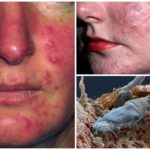

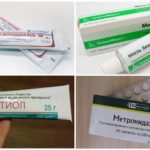
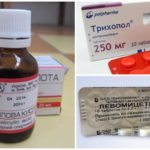
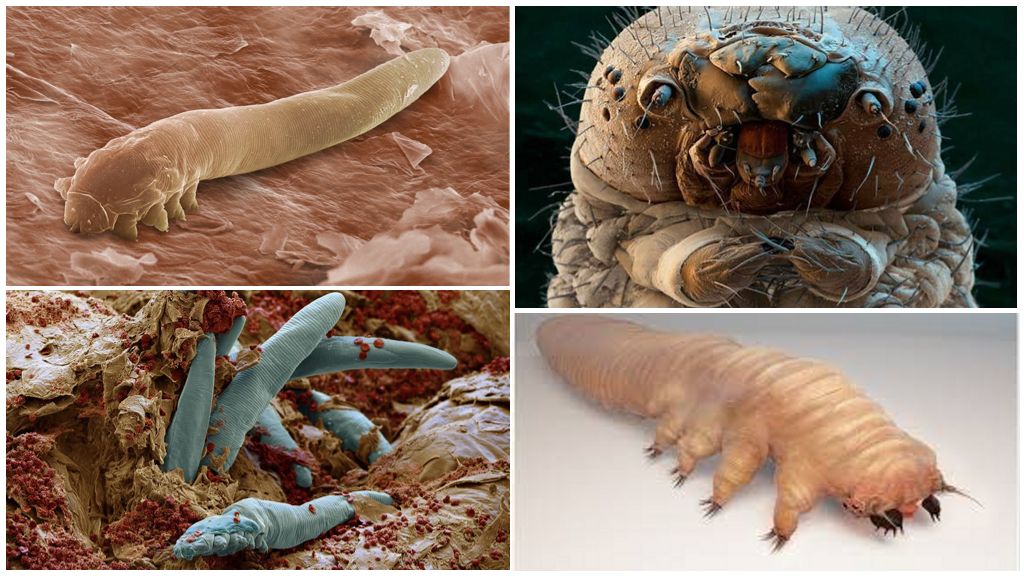

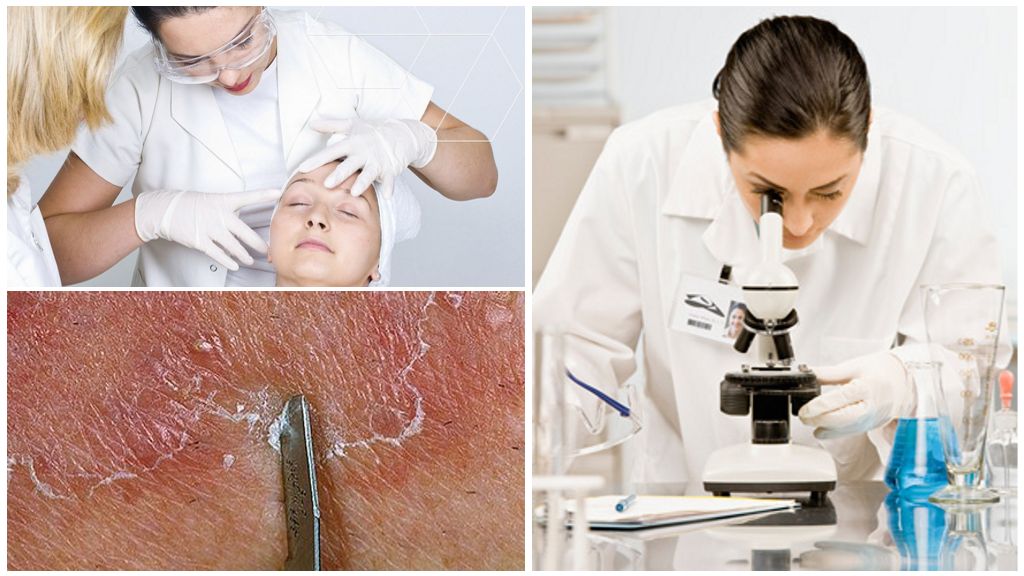
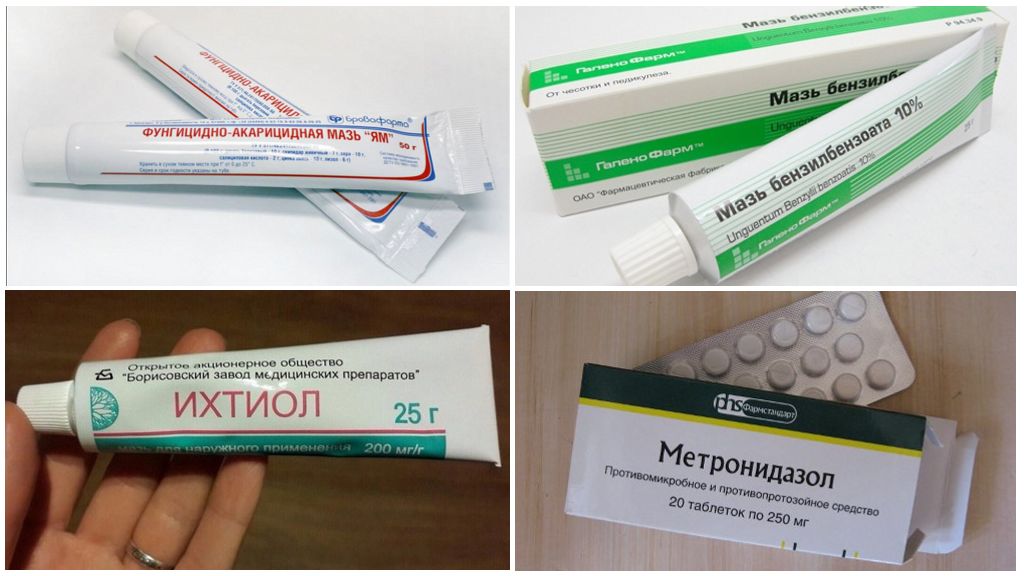
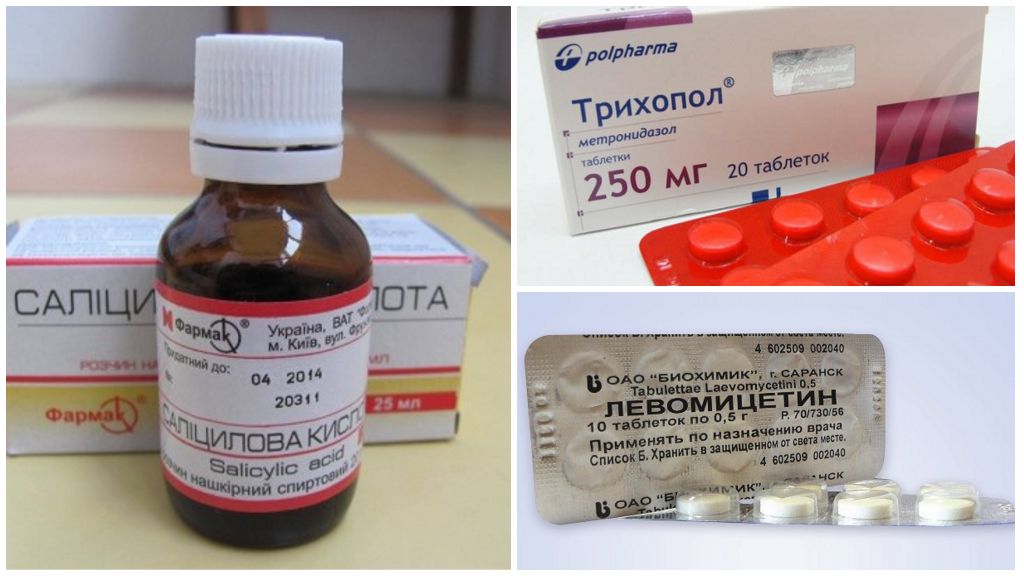

 (votes: 4, Average rating: 4.75 out of 5)
(votes: 4, Average rating: 4.75 out of 5)


